Operation Sindoor Airstrikes: India Pakistan Tensions 2025 Escalate
Tensions between India and Pakistan have surged after India's airstrikes under 'Operation Sindoor,' prompting global calls for restraint and raising fears of further escalation in the region.
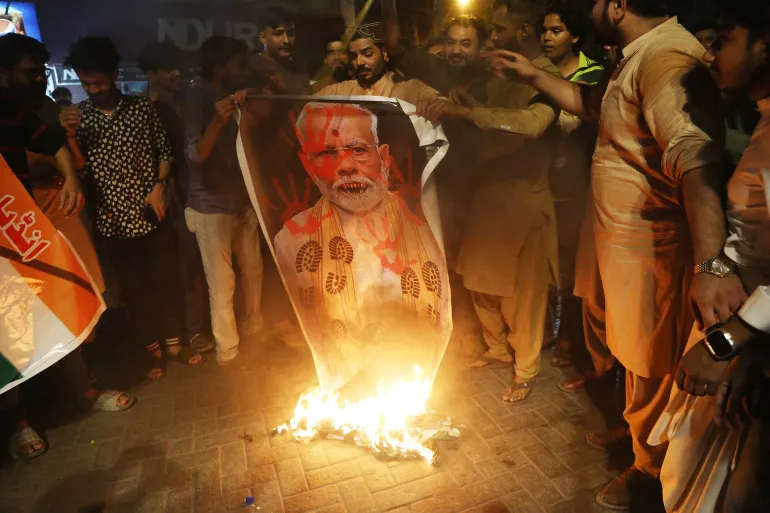
How did you feel after reading this news?
Happy
0%
Sad
0%
Shocked
0%
Angry
0%
Surprised
0%


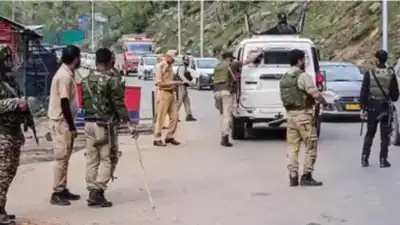
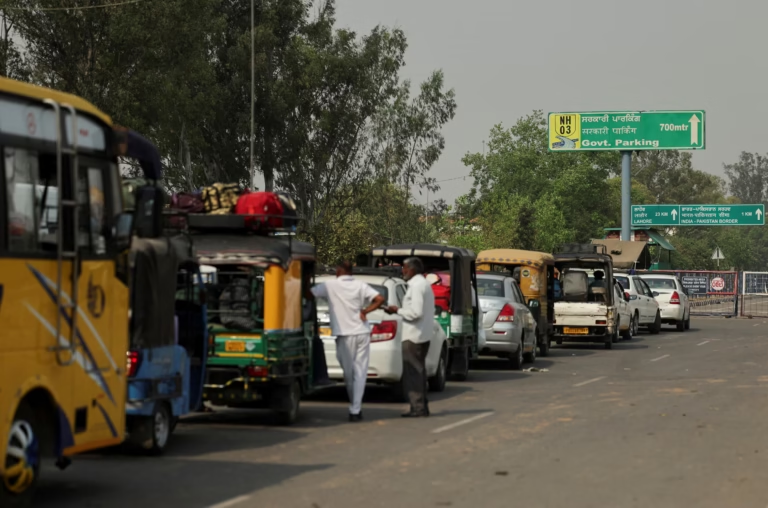
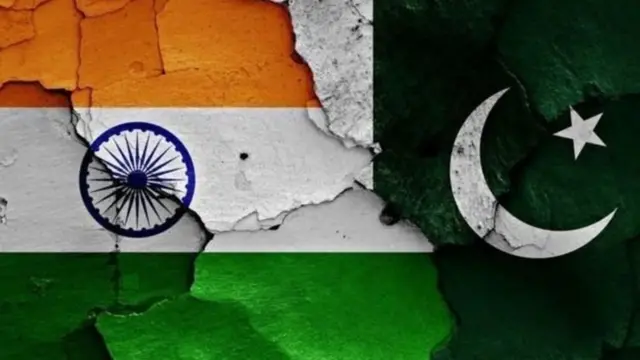
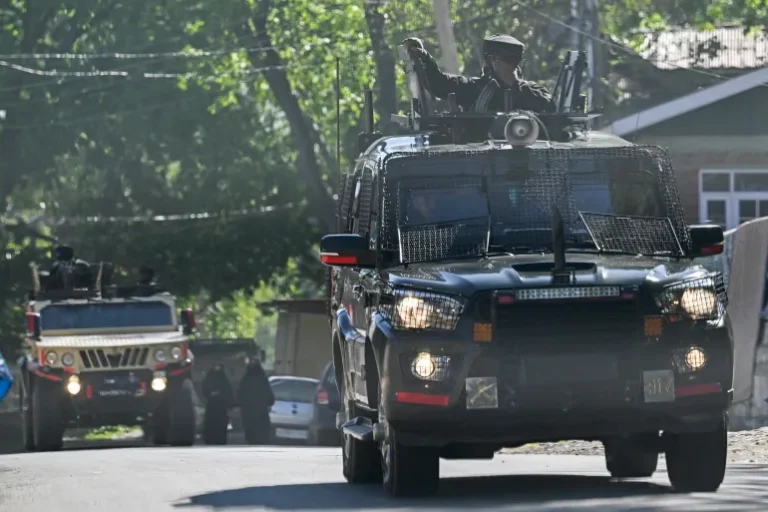
Please login to leave a comment.
Login to Comment